
Become a supporter
Rain again before dawn after a very mild night. Why does it often rain briefly before dawn?
The day started off with a descent from on high along an old track down to the main road to Sarlat. As it was early ( and Sunday ) there wasn't much traffic and I appreciated the immaculate surface and we'll crafted cambers. This pile of stone was sitting in a lay-by.
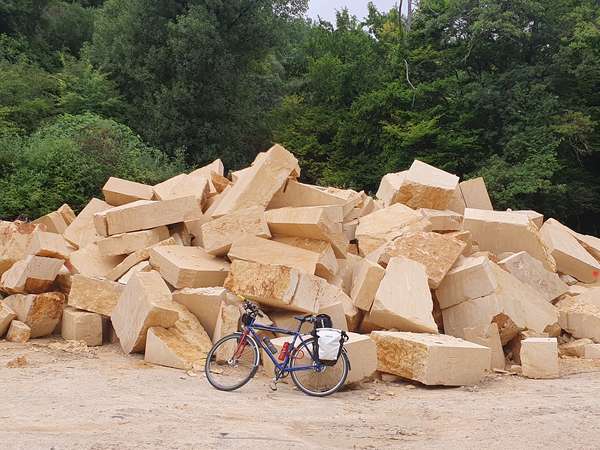
There are enormous rocks everywhere in this area. In days gone by people burrowed into the rock to make dwellings or more recently plonked their enormous pile down on top.
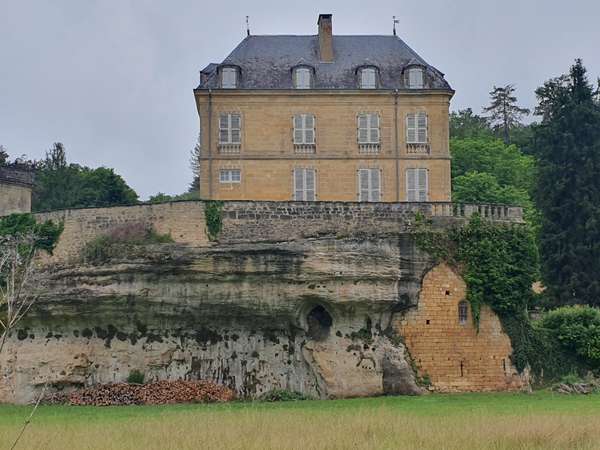
There were a number of tough climbs through winding and wooded lanes, all in the first 25 km of the day.
At Sarlat I stocked up at a fancy boulangerie. And also at Lidl. As it's Sunday I wanted to have enough in the saddlebag in case, like last week, I was unable to find anywhere serving supper.
After Sarlat there was a good stretch of cycle path (V91), sections of which plunged through the rocks.
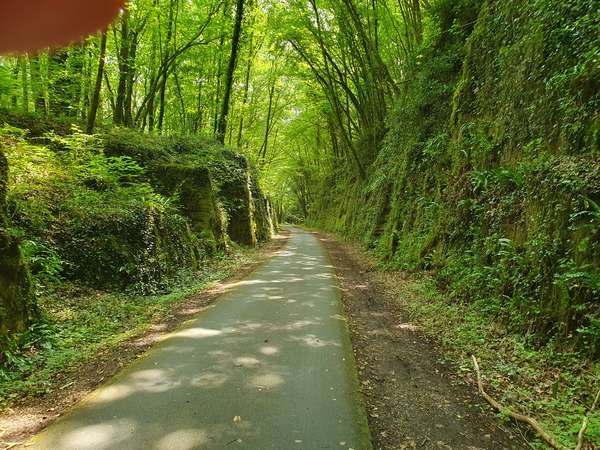
And then at Mareuil I realised I'd now made it to the Occitanie region (Lot département) , so I guess I'm now officially in the south.
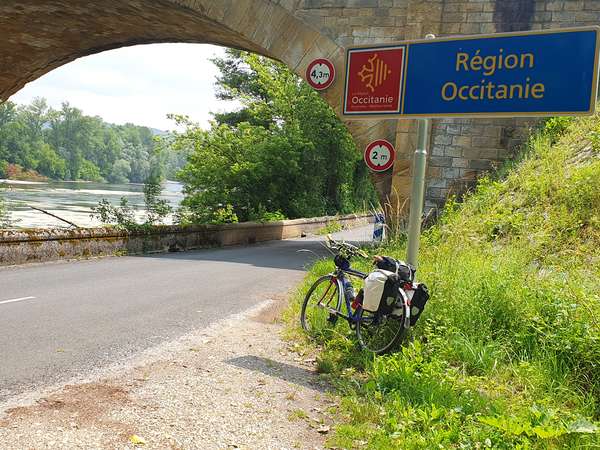
Crossing the Dordogne
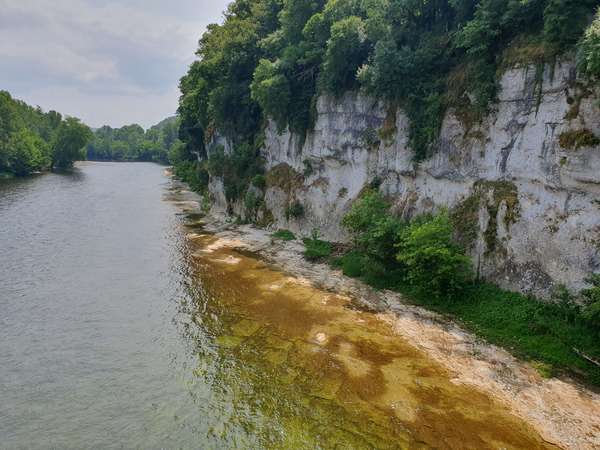
Another excellent campsite result. This time, by the side of the Dordogne, the Verte Rive, whose snack bar doubles as a Belgian Beer specialist, also serving food, Sunday evening included.
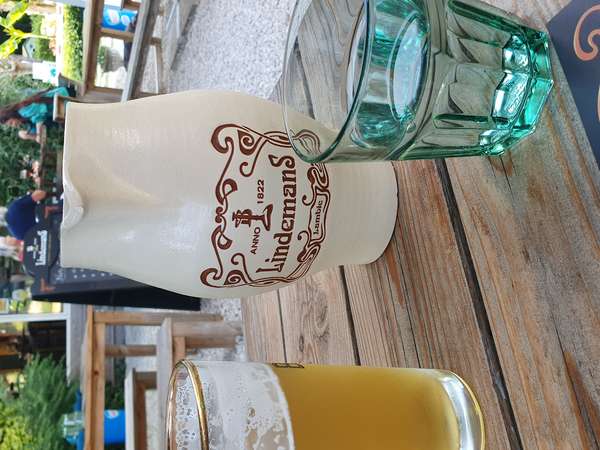
Another rainy start today, though not heavy.
A easy and tranquil start to the day down several km of track.
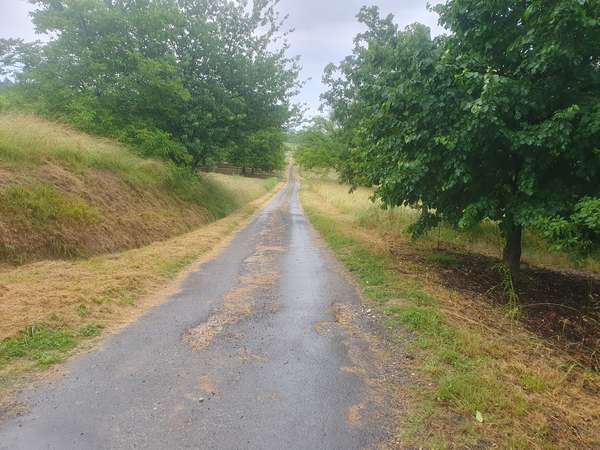
The rain had stopped before the first proper climb. If I'd taken my cagoule off at the bottom rather than the top I'd have been a lot less sweaty.
View from the second climb, on the way to Lascaux. An older local man told me that on the far hill there used to be an air strip and that at the paper mill, only 500 people are now employed, compared to 2,000 in his day.
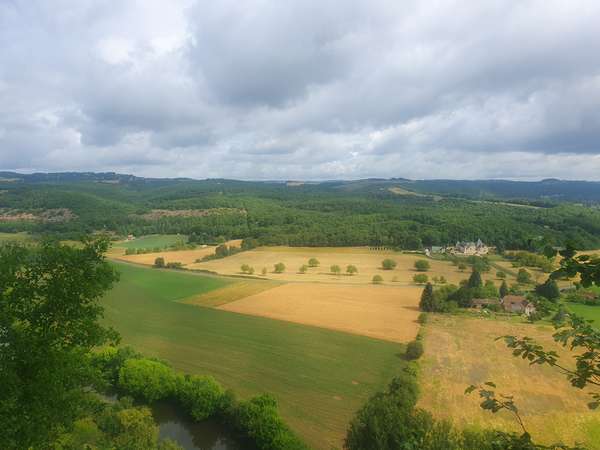
Got to Montignac-Lascaux just after 11 and was able to join a guided tour ( in French ) within 5 mins.
The caves ("grottes" in French; "cave" is for wine as a passer-by who I asked for directions helpfully corrected) are now at version 4. This is a huge modern building, under which lie a facsimile of the original caves and their decorations.
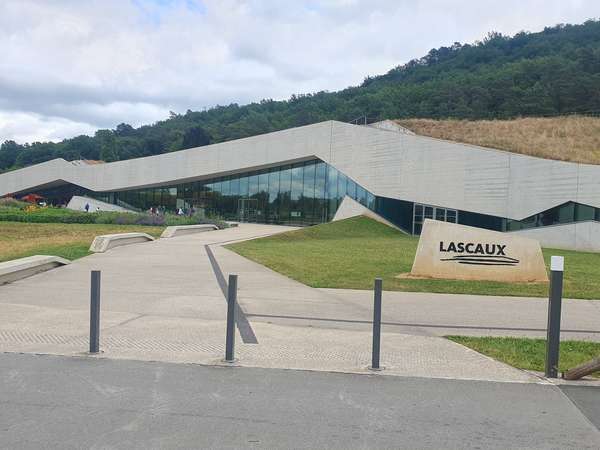
The actual caves have been closed to the public for many years to protect them. If a facsimile of a cave sounds like a dubious proposition, it did to me also, but I'd been assured thst it was well done, and that turned out to be an understatement. It's mind-boggling how the textures and markings on the stone have been done. The cave network is extensive and the work is complex, as much of the time the paintings, drawings and engravings are overlaid.
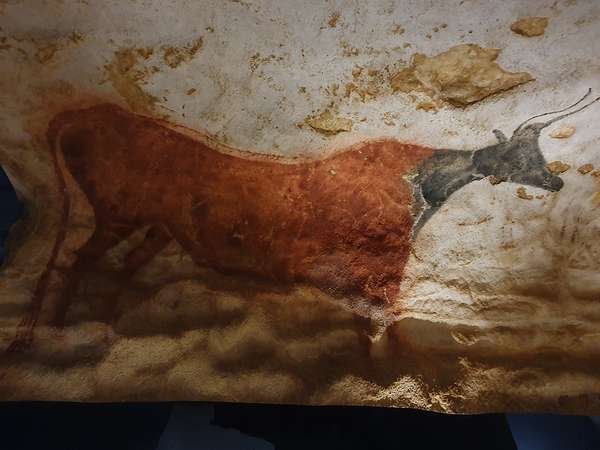
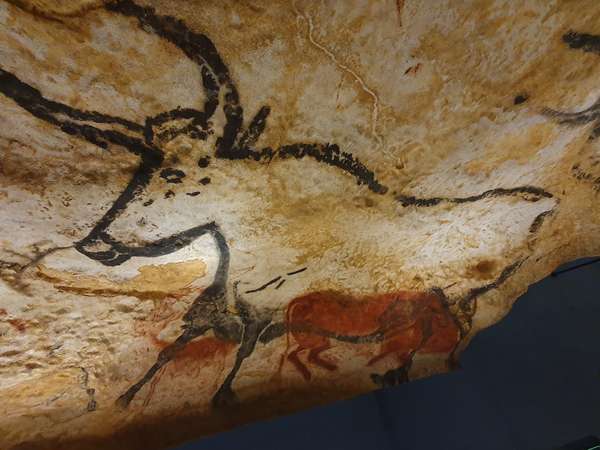
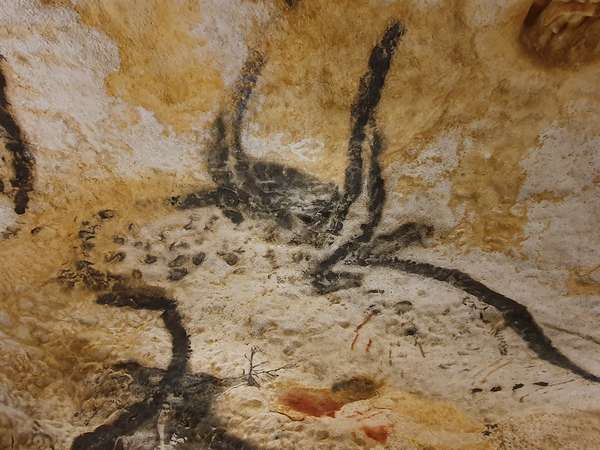
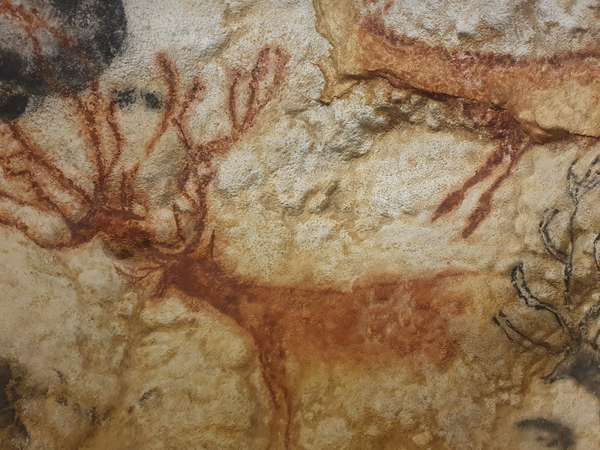
The caves were discovered by 4 schoolboys in the 1960s. Here's one of them looking justifiably pleased with himself.
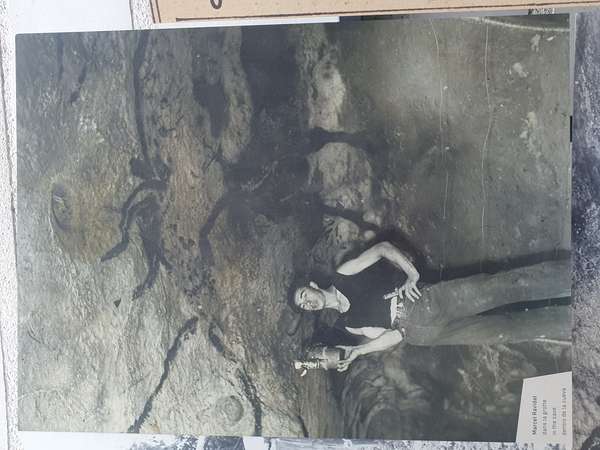
The over into the land of rock for which the Dordogne area is known.
La roque St Christophe
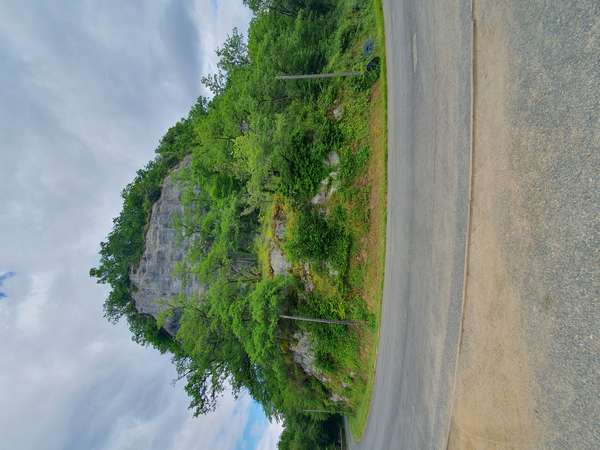
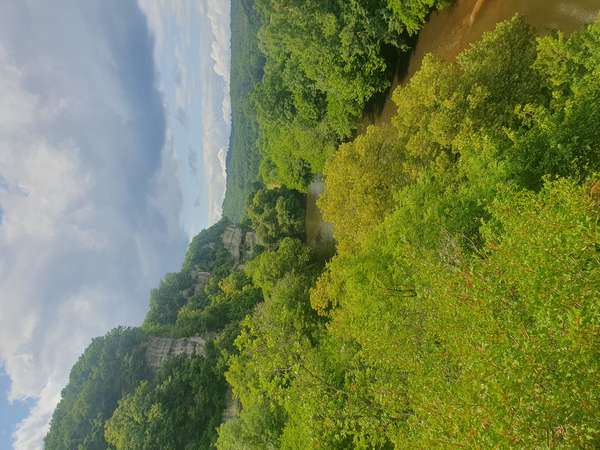
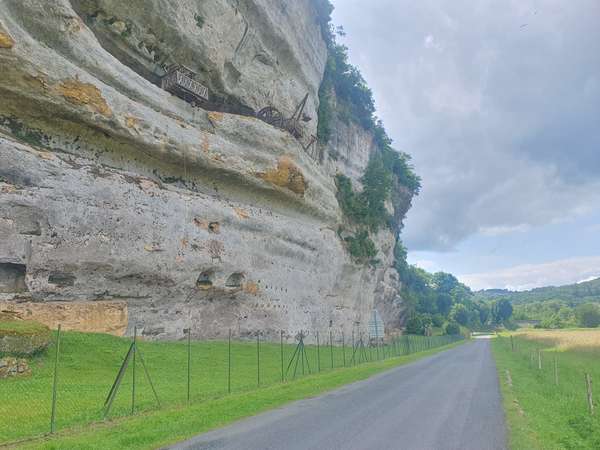
The Maison Forte de Reignac
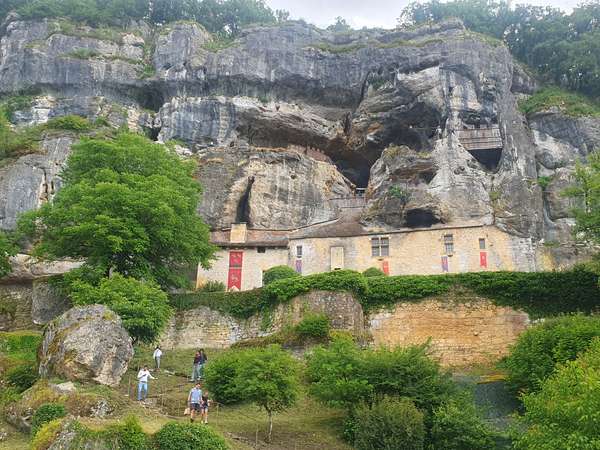
After arriving at Les Eyzies-de-Tayac I had a long and very steep climb to the correctly named Camping Le Pech Charmant, a delux establishment run by an an extremely obliging and charming couple. The kind of place where you help yourself to a Perrier and a Cornetto at the snack bar and make a note of what you've taken on a sheet of paper. The kind of place where you get introduced to a new bitter apéritif, one made with yellow gentian from the Auvergne, mixed with a little crème de cassis.
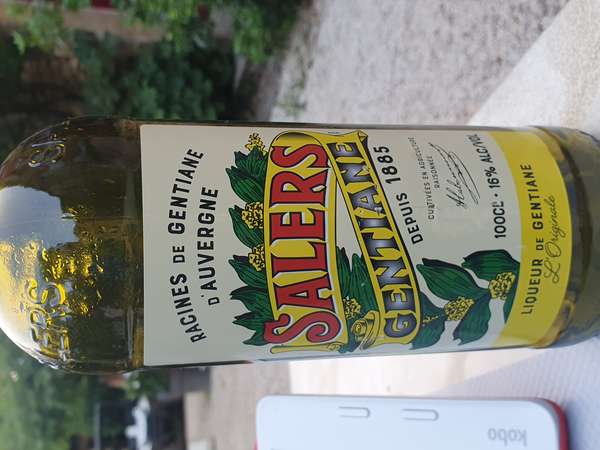
It was raining this morning so, as today's stage was a short one, I waited for a pause in showers before striking camp. Breakfasted on bread and cherries, and cashew nuts
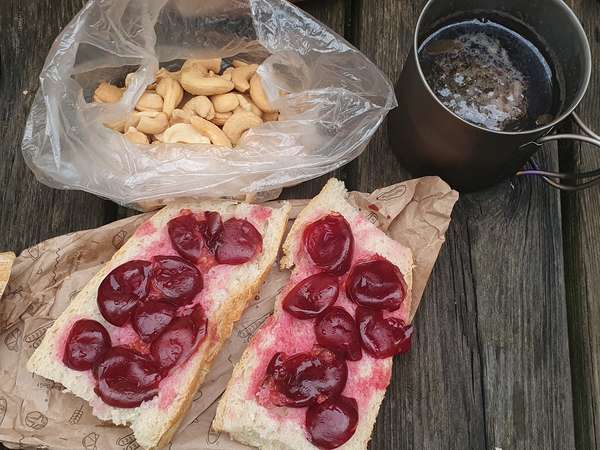
12 km down the road at Agouac I found a busy little town: an épicerie to stock up on picnic goods, a bakery for a second breakfast and a café / tabac where I got an excellent second cup of tea. Indoors there there 3 burly men at the counter enjoying their breakfast of charcuterie and red wine.
On to Songes where I spent an hour in their extraordinary Musée de la Truffe. This is well worth a diversion. They have wonderful diagrams and models and illustrations and video presentations, as well as a garden of saplings of varieties of tress under which truffles may grow. If the many necessary factors are in alignment.
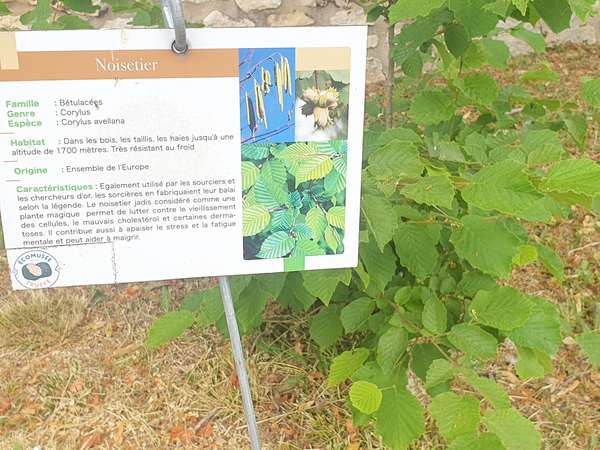
An awful lot of the botany and science of truffles seems to be understood, though I was told that much remains a mystery. There's a huge effort underway to revive the production of truffles through deliberate cultivation. No photography was allowed so do visit this first class museum yourself, when in the Périgord Noir.
On to Coulaures where this iron gate caught my eye, before the big climb of the day, which was followed by an even longer descent down to Touroiac, where I had a long lunch break by the river and dried the tent.
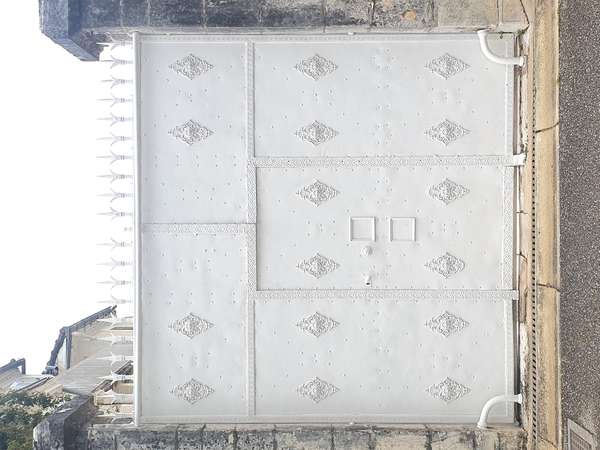
Then not far to the theoretical finish of Hautefort, where I stopped to take in the Museum of Medicine. Based in a magnificent hospital finished in 1717 it presents a survey of médecine, surgery, pharmacy and dentistry through the ages.
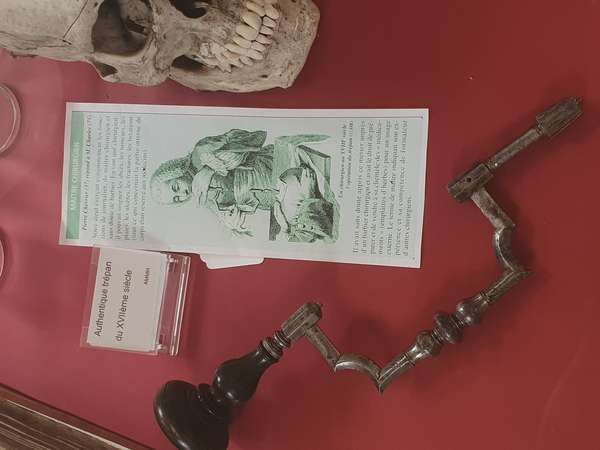
Also numerous fascinating photos on display.
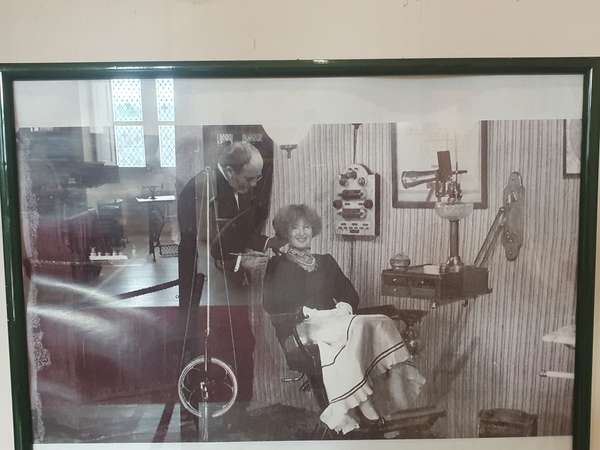
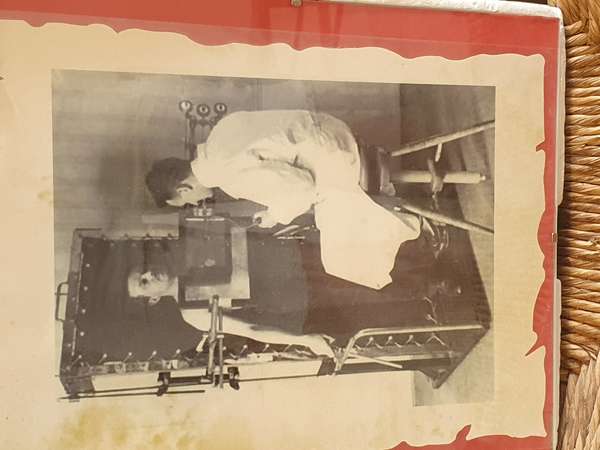
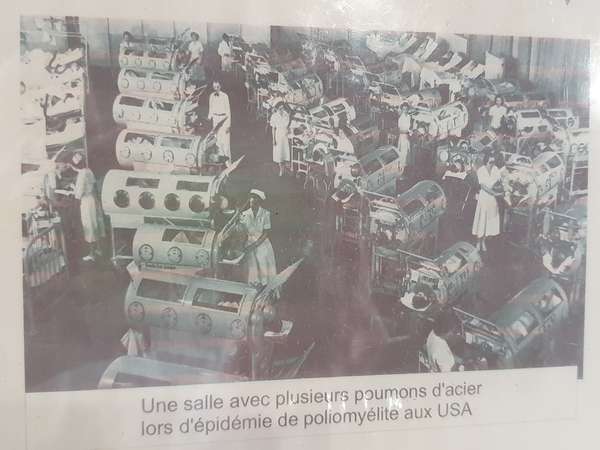
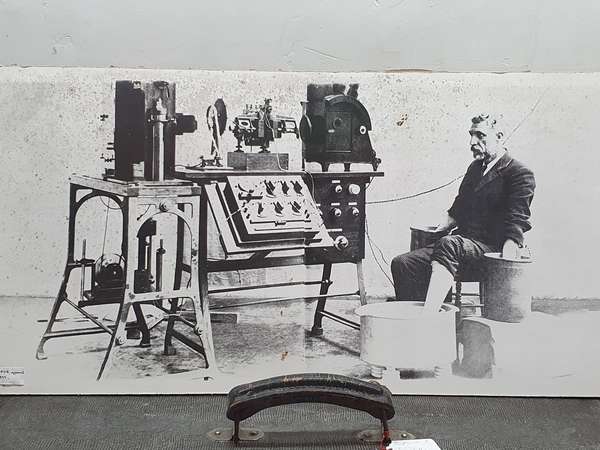
Then a short push on to the campsite, which turned out not to be the campsite after all, as it was full up. The manager pointed me towards another site, 20 mins back in the direction I'd come. Stroke of fortune as Camping Le Clapeau at Cubas, right on the Auvézère river is a beautiful small "natural" site. And I identified a good restaurant just up the road, in which to eat more confit duck.
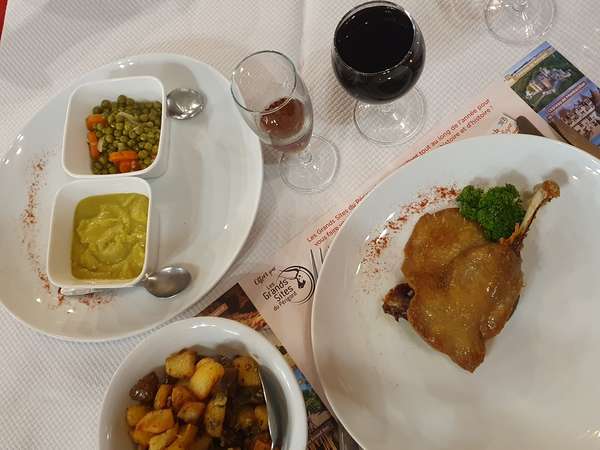
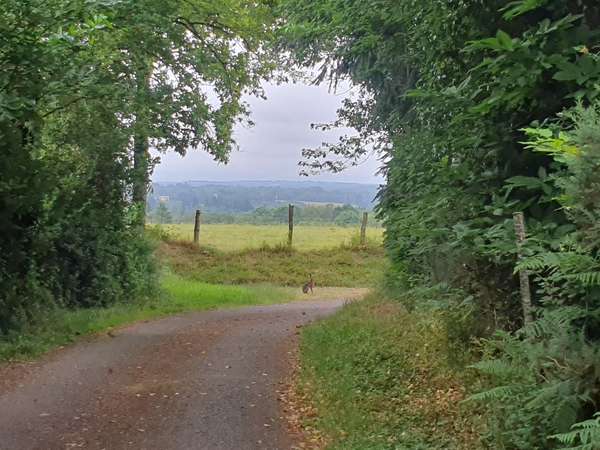
A lot of densely wooded land today some of it being cultivated. In between Saint Mathieu and Champniers-et-Reilac there was a long line of these round bundles by the side of the road.
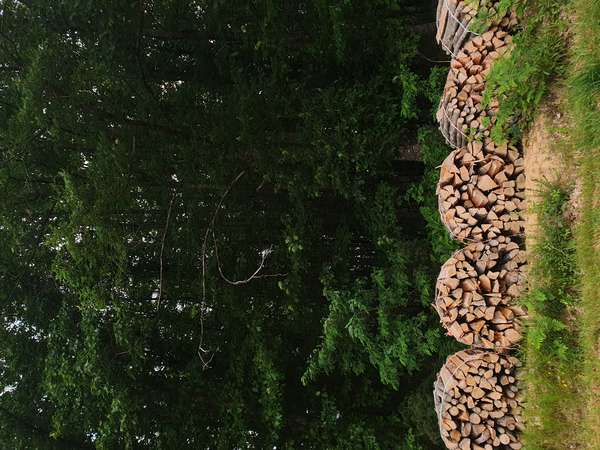
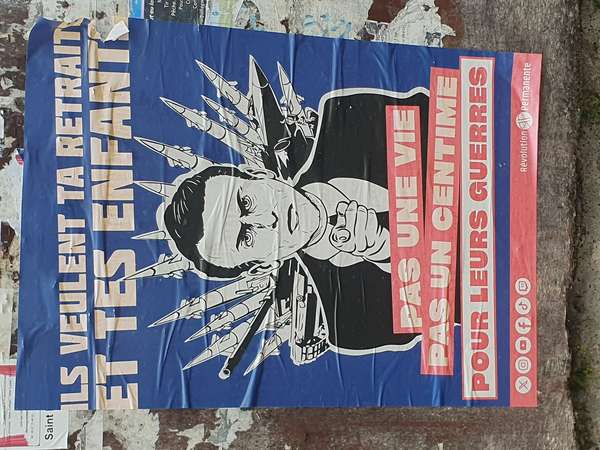
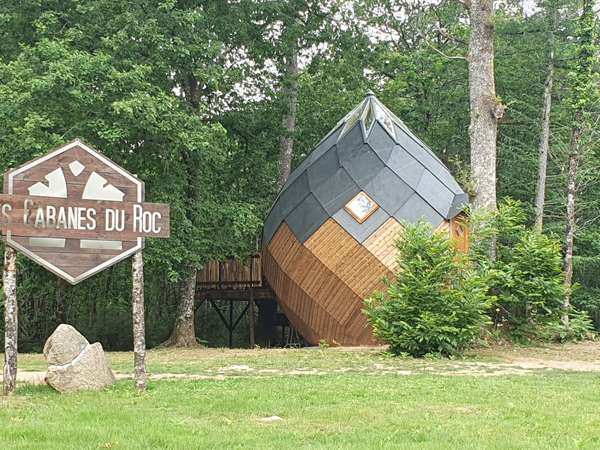
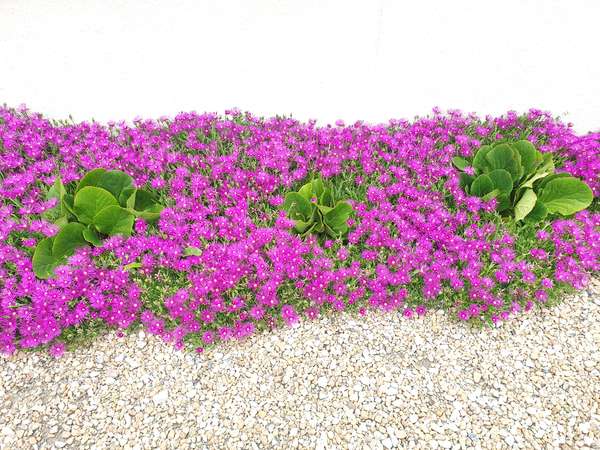
Nontron is a good sized town , very attractive and lively, known for 500 years for its knife making.
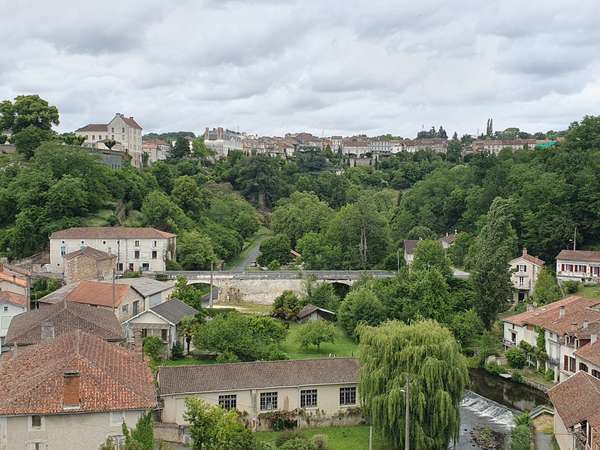
I had a plan to visit the Atelier Nontronaise to look at the famous knives and cutlery being made.
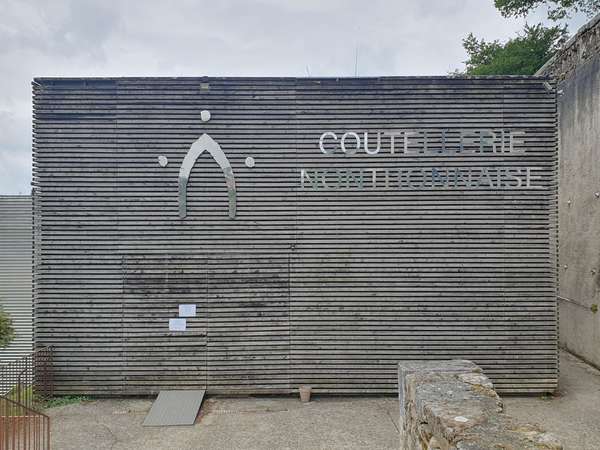
Unfortunately you aren't allowed to take pictures, but I was able to view workers in the two main areas. First a small group of 3 or 4 woodworkers turn large pieces of timber into handles of various types. Then a larger workshop with about a dozen stations on each of which a worker assembles and decorate complete pieces; i.e. rather than being a probuction line, each worker carries out the full set of tasks. These days, since 1992, the steel blades are made by Laguiole in Aveyron.
Whilst waiting for the atelier to open after lunch I spent an hour in a friendly brasserie opposite the Hôtel de Ville and had a refreshing cucumber salad. This was the entrée in the menu du jour and was just what I needed, given my earlier boulangerie activity. So I passed on the day's "plat" of tripe in Caen style.
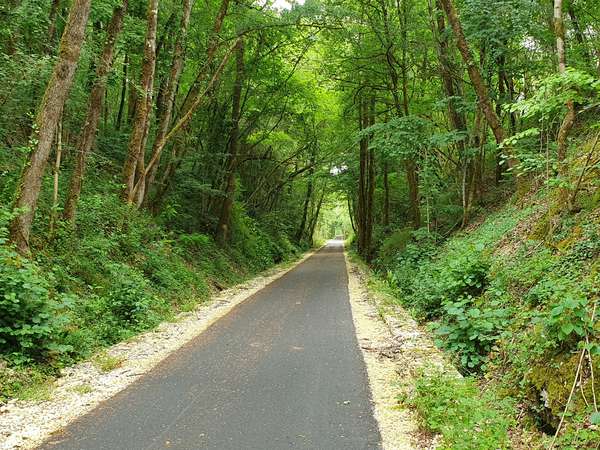
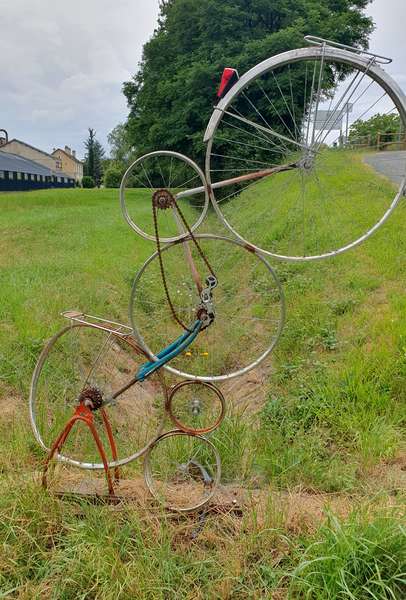
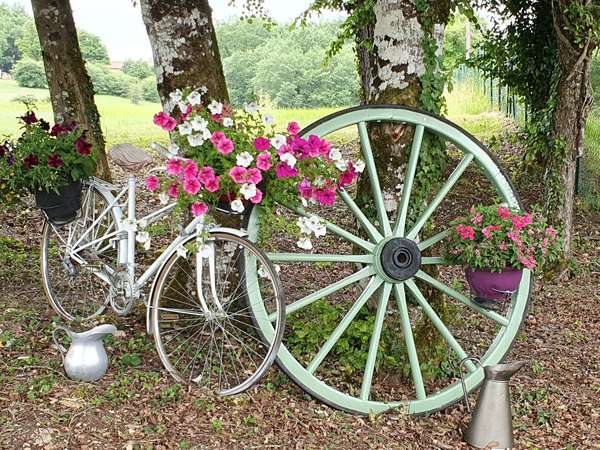
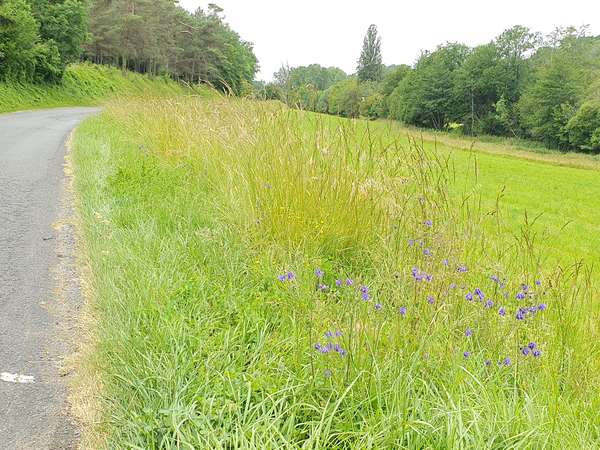
My campsite is out of town, quite a climb uphill. Hopefully the confit of duck for dinner will get me up there.
Followed the Vienne closely on its south east course most of the day.
Around Lessac I joined a cycle route aptly named "Bonne Route".
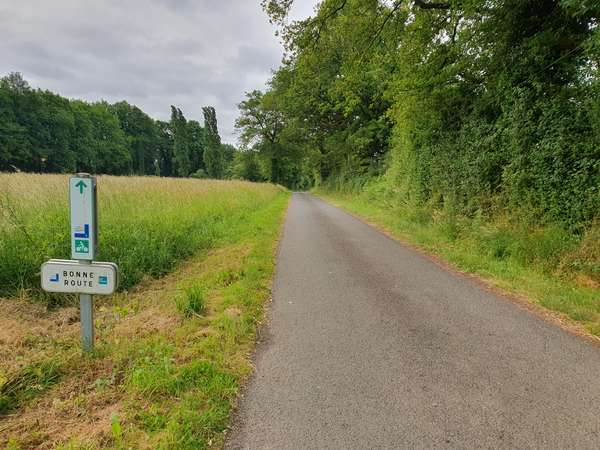
This hugged the river most of the way to Saint-Germain-de-Confolens.
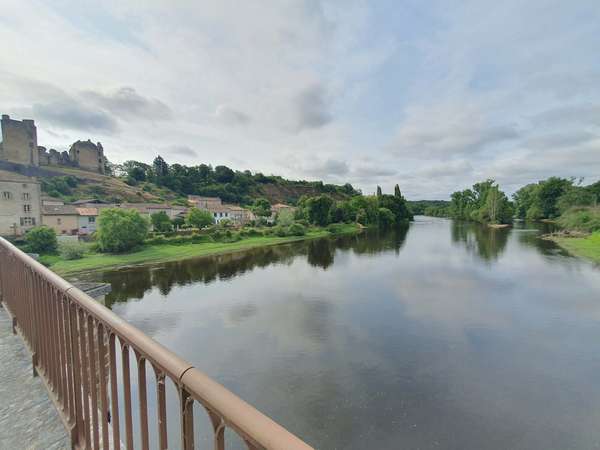
Some gravel around Exideuil.
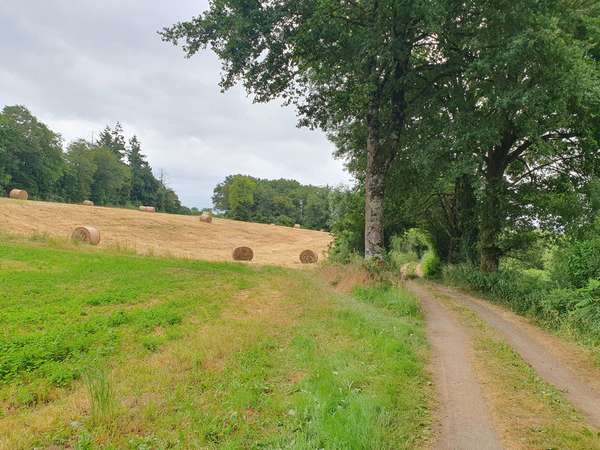
A late lunch at the picnic area at the Parc Archéologique at Cassinomagus -- the Roman name for the settlement at Chassenou.
They've done an excellent job of presenting the remains of the baths and the aqueduct.
It's astonishing how big the baths were and how well-preserved the decorative brick work is today.
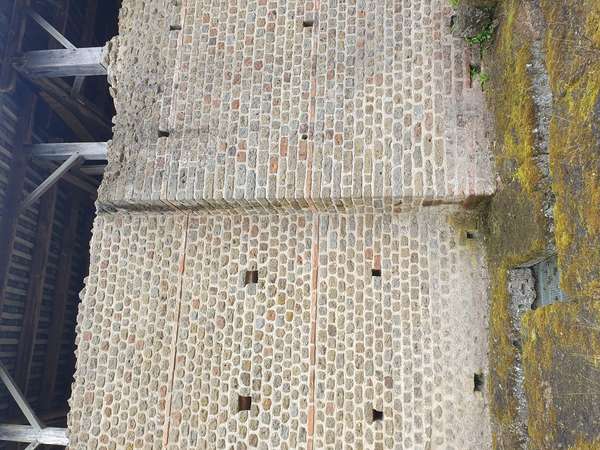
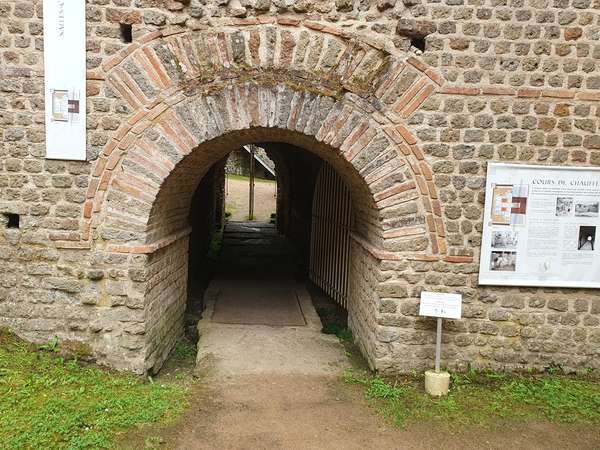
I imagine being a Roman traveller stopping here for rest and refreshment, and of course the hot and cold baths, massage etc. Just what the long distance cyclist of antiquity needs.
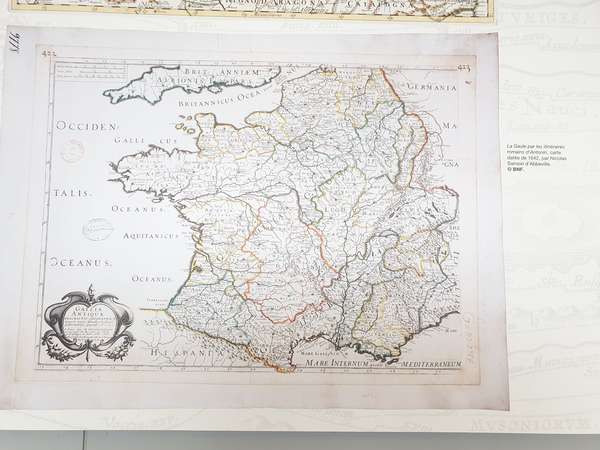
All that's left of the 2.5km acqueduct are the footings, but the way it's been displayed shows the scale and grandeur clearly.
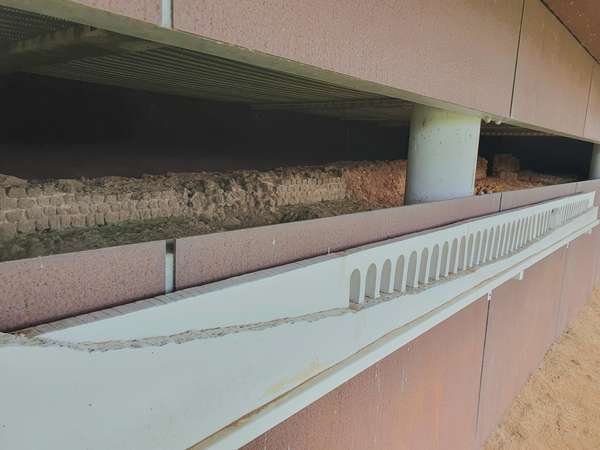
Now, at Rochechouart, I'm in the Périgord-Limousin regional park, which I will cross north-south to Brantôme tomorrow.
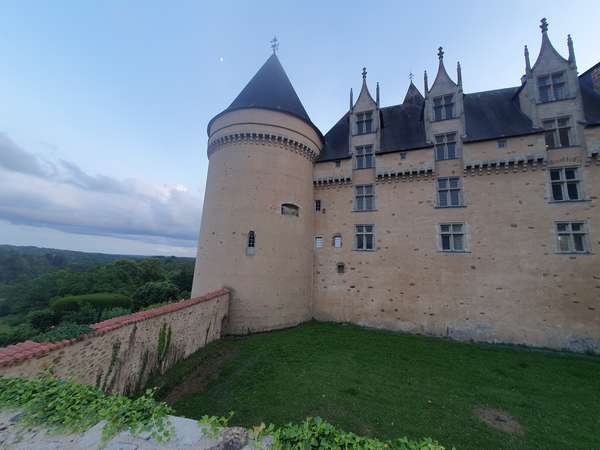
I think there will be fewer but bigger hills tomorrow, which may be easier than today's high frequency up and down.
Log in with your cycle.travel account:
| Password |
Or simply use your account on: